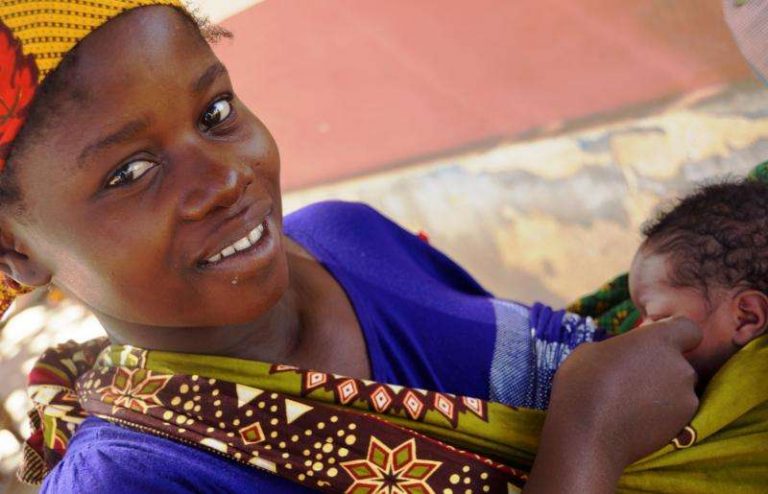This blog was originally published by the MamaYe! Evidence for Action here.
By Meshack Ian Acholla
The 2019 New York Summit was a critical moment for taking global action towards Universal Health Coverage and as a result, leaders adopted the United Nation High-level Political Declaration on UHC. At E4A-MamaYe, we share the global health community’s vision for 2030 of living in a world where no mother or baby will die during pregnancy or childbirth. With just over a decade left to achieve the Sustainable Development Goal of ending all preventable maternal and newborn deaths (SDG 3), we support the Universal Health Coverage movement as health for all is a key step in ensuring SDG3 is achieved.
The declaration signed was a vast accomplishment as it demonstrates governments are taking stock of global progress on SDGs – but what happens next? We stand with global civil society community in asking political leaders in sub-Saharan Africa to take the following three steps:
1. Offer accessible, affordable and quality healthcare to everyone to save millions of women at risk of maternal death to leave no one behind. High out of pocket expenditure has been one of the biggest hurdles for quality healthcare for many families in sub-Saharan Africa. Many families struggle when deciding between sustaining their households’ expenses and paying for health services. This disproportionally affects women during pregnancy and childbirth. Ensuring that they can access skilled birth attendants at health facilities is a crucial first step in averting many maternal deaths.
2. Strengthen their health systems of all levels of governments (national to sub-national) to deliver services that respect human dignity and provide patients with the highest quality of care possible. In 2018, the What Women Want global survey surveyed 1.2 million women on their demands for quality health care, identifying the right to respectful and quality care as their number one priority. Every day, this could save the lives of around 800 women who are currently at risk of dying during pregnancy or childbirth.
3. Set aside resources and increase their investments into the health sector in sub-Saharan African countries meet the needs of their citizens. Accessing quality health care is a human right. Health budgets at national and sub-national level should be data and evidence-driven so that governments can identify the needs of different communities put an end to preventable causes of death, such as those linked to pregnancy and childbirth. One way to do this is by identifying the ‘Response’ when reports from Maternal Perinatal Death Surveillance and Response (MPDSR) audits are presented.
E4A-MamaYe has been working with coalitions and governments to ensure that women, girls and newborns are not left behind by linking data to government work plans and translating it into concrete action points that are addressed and resourced adequately during the annual budget cycle. For instance, the E4A-MamaYe ‘s effort to link the budget cycle to the MPDSR cycle shows how using evidence to inform decision-making processes can strengthen the quality of care in health facilities and ensure that government resources are spent on saving lives. This is a big step towards achieving SDG 3.
The time for action is now
We call upon leaders who signed the United Nation High-level Political Declaration on UHC in September 2019 to recognise that the time for action is now. 2030 is approaching fast – it’s time for governments lead to support the global UHC movement by working closely with civil society organisations to keep the promise of ending preventable maternal and new-born mortality.
